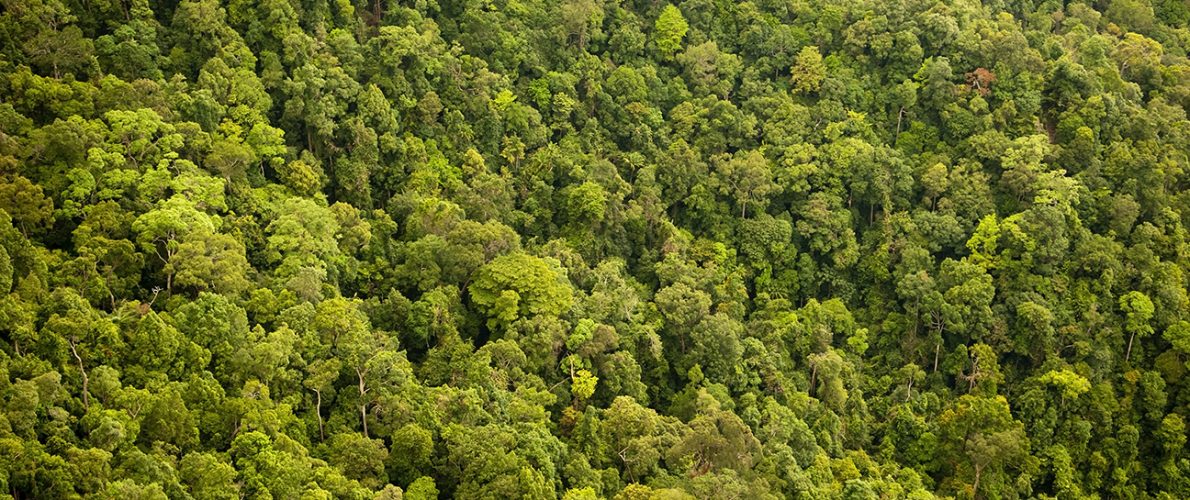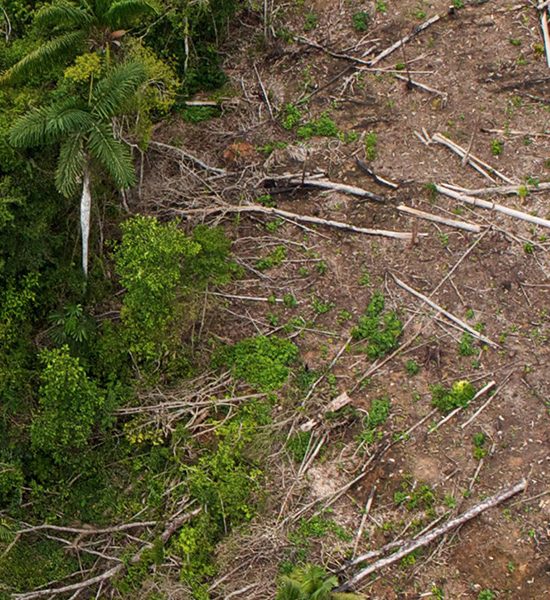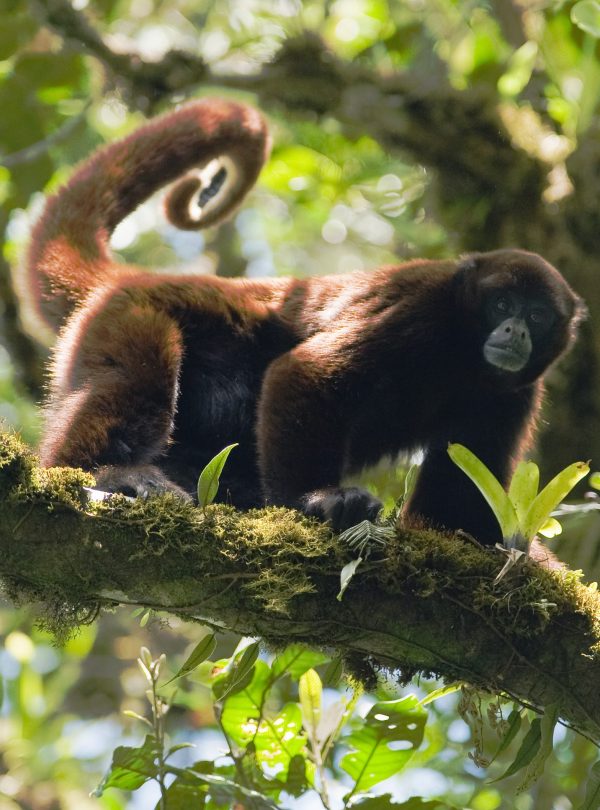
Creating a Vast Conservation Corridor for the Snow Leopard
Support More Work Like ThisSupport More Work Like ThisIn order to provide refuge for the Snow Leopard and a plethora of other threatened species including Red Pandas, Chinese and Indian Pangolins, conservation efforts need to be scaled up and provide connectivity of habitats within this biodiverse environment.
-
Species at Risk
Chinese Pangolin (CR), Spikenard (CR), Red Panda (EN), Indian Pangolin (EN), Himalayan Musk Deer (EN), Nepalese Field Mouse (EN), Atis Root (EN), East Himalayan Yew (EN), Saker Falcon (EN), Snow Leopard (VU), Asiatic Black Bear (VU), Clouded Leopard (VU)
-
Carbon stored
(Not Calculated)*
*(metric tons of CO2 equivalents) -
Partner
Koshi Tappu Kanchenjunga Biodiversity Education Livelihood Terra-Studio (KTK-BELT)
-
176,630 Proposed Acres Conserved by
Purchase
-
Project Cost: $248,461

176,630
In order to provide refuge for the Snow Leopard and a plethora of other threatened species including Red Pandas, Chinese and Indian Pangolins, conservation efforts need to be scaled up and provide connectivity of habitats within this biodiverse environment.
-
Species at Risk
Chinese Pangolin (CR), Spikenard (CR), Red Panda (EN), Indian Pangolin (EN), Himalayan Musk Deer (EN), Nepalese Field Mouse (EN), Atis Root (EN), East Himalayan Yew (EN), Saker Falcon (EN), Snow Leopard (VU), Asiatic Black Bear (VU), Clouded Leopard (VU)
-
Carbon stored
(Not Calculated)*
*(metric tons of CO2 equivalents) -
Partner
Koshi Tappu Kanchenjunga Biodiversity Education Livelihood Terra-Studio (KTK-BELT)
-
176,630 Proposed Acres Conserved by
Purchase
-
Project Cost: £186,812

176,630
Roaming the rugged montane landscape of Central Asia, the elusive Snow Leopard requires vast Himalayan terrain in which to survive. In order to provide refuge for the Snow Leopard and a plethora of other threatened species including Red Pandas, Chinese and Indian Pangolins, conservation efforts need to be scaled up and provide connectivity of habitats within this biodiverse environment.
Rainforest Trust and partner Koshi Tappu Kanchenjunga Biodiversity Education Livelihood Terra-Studio (KTK-BELT) seek $248,461 to create the 176,630-acre Lumbasumba Conservation Area, which is the crucial link in a mosaic of protected areas across southern China, Nepal and India spanning 14,549,601 acres. Rainforest Trust is currently working in an adjacent site to protect vital montane forest habitat, and the proposed Lumbasumba Conservation Area builds on these multiple efforts in the region.
It is urgent that this area be protected, as a major new road is being constructed to link China and India. The first protective step will be to achieve local designation from the District Forest Office which will immediately halt illegal logging and mitigate further deforestation. Once this initial work is completed, national declaration of the Lumbasumba Conservation Area will greatly strengthen protective measures, especially in terms of prohibiting extractive activity, poaching and disturbance of wildlife.
Watch the recording of Rainforest Trust’s Field Journal: Nepal—Conservation in a Vertical World
Explore Nepal


Red Panda, photo by Mathias Appel

Chinese Pangolin, by David Brossard
Biodiversity
This incredible landscape is a mega-hotspot of biodiversity, as it was only recently opened to the outside world due to a Maoist insurgency.
Containing diverse microclimates and altitudinal gradients, the eastern Himalayas are home to a wealth of rare species, many of which are endemic to the region. With spotted white fur that helps them blend into their frosty environment and remain camouflaged while hunting, the Snow Leopards which prowl these mountains are some of the most elusive big cats in the world. Endangered Red Pandas are becoming increasingly rare as their habitat continues to be fragmented, and the highly threatened Chinese and Indian Pangolins desperately need refuge from poaching, as pangolins are currently the most trafficked mammals in the world. Recent inventories in nearby Makalu-Barun National Park have revealed 315 species of butterflies, 43 reptile species, 16 species of amphibians and 78 fish species. Given that the elevations and forest types are similar, future studies will likely offer a similar multitude of species existing within the proposed Lumbasumba Conservation Area
Challenges
Poaching and road construction are causing enormous destruction of critical habitat for endangered species within the Lumbasumba Pass.
Hunting is of particular concern, as numerous species migrate openly in this unprotected zone between two national protected areas. Road construction and land grabbing have destabilized this sensitive region, leading to exorbitant land prices and demand for plywood and other unsustainably (and illegally) harvested forest products.
Communities
More than 90 percent of the local people are indigenous and belong to the Bhote minority, one of the most disadvantaged ethnic communities in Nepal.
They practice Bon and Buddhist faiths, which espouse respect and interdependency with nature. The last census revealed that only about 5,000 indigenous people live in and around the proposed Lumbasumba Conservation Area. These groups are critical to safeguarding the new protected area, as they have been stewards of this land for centuries and possess a rich knowledge of the local biodiversity.
Solutions
Rainforest Trust and KTK-BELT are working to create the 176,630-acre Lumbasumba Conservation Area, which is the crucial link in a mosaic of protected areas across southern China, Nepal and India spanning 14,549,601 acres.
The first phase of the project entails the local designation of the protected area in Chepuwa and Pawa Khola Districts, which will immediately halt logging and other destructive deforestation activities. This will in turn catalyze a larger movement to create and develop the new Lumbasumba Conservation Area at the national level to add much greater protection, especially in terms of prohibiting extractive activity, poaching and disturbance of wildlife. Protected area management trainings and quarterly workshops will be held to facilitate dialog between local and national stakeholders, and the government will help monitor the new designation in cooperation with community patrols.




Partnering to Save Rainforest
Our partners’ ability to work with their governments and build strong connections with local communities ensures the successful implementation of our projects.
Learn More About This PartnerLearn More About This Partner
